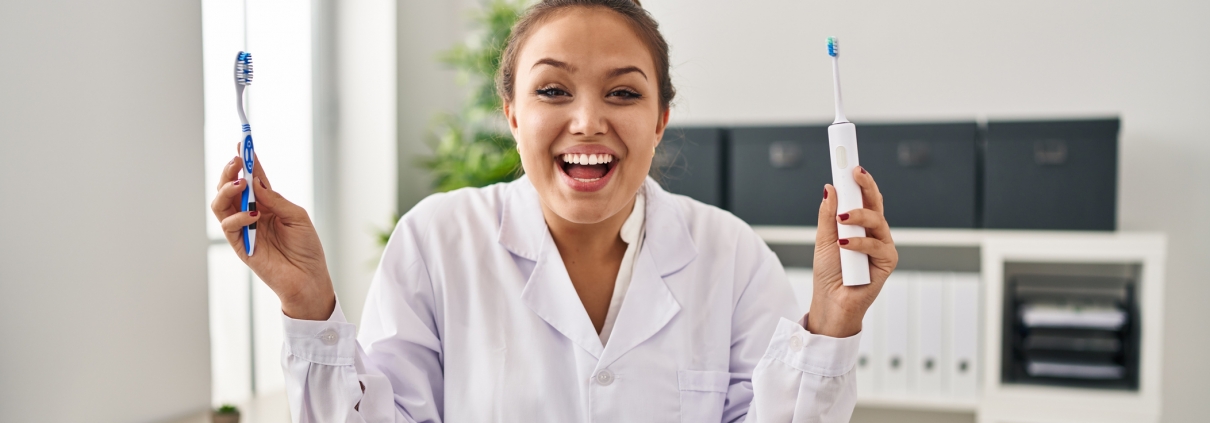The best toothbrush
Choosing the right toothbrush is an important part of maintaining good oral hygiene. With so many different types of toothbrushes on the market, it can be difficult to know which one to choose. Here are some tips for choosing the right toothbrush for your needs:
Consider the bristles
The bristles of your toothbrush are an important factor to consider. Soft bristles are recommended by most dentists as they are gentle on the gums and teeth. Medium and hard bristles can be too abrasive and can damage tooth enamel and cause gum recession. Look for toothbrushes with rounded bristle tips, as sharp bristle tips can also cause damage to your teeth and gums.
Choose the right size
The size of your toothbrush head should be proportionate to the size of your mouth. A toothbrush with a smaller head can help you reach all areas of your mouth, including the back teeth and the hard-to-reach areas. A toothbrush with a larger head can be difficult to maneuver and may not clean all areas of your mouth effectively.
Manual vs Electric
Both manual and electric toothbrushes can effectively clean your teeth. However, electric toothbrushes have been shown to remove more plaque and reduce the risk of gum disease. If you have trouble brushing your teeth for the recommended two minutes, an electric toothbrush with a timer can help ensure you brush for the full two minutes.
Consider the handle
The handle of your toothbrush is an important factor to consider, especially if you have arthritis or other conditions that affect your grip. Look for toothbrushes with ergonomic handles that are easy to grip and control. Some toothbrushes also come with flexible handles, which can help you reach all areas of your mouth more easily.
Look for ADA Approval
The American Dental Association (ADA) evaluates and approves toothbrushes that meet certain standards for safety and effectiveness. Look for toothbrushes that have the ADA Seal of Approval on the packaging. This indicates that the toothbrush has been tested and meets the standards set by the ADA.
In conclusion, choosing the right toothbrush is an important part of maintaining good oral hygiene. Consider the bristles, size, manual vs electric, handle, and look for ADA Approval when choosing a toothbrush. Talk to your dentist if you have any questions or concerns about choosing the right toothbrush for your needs. Remember to replace your toothbrush every three to four months, or when the bristles become frayed or worn.

